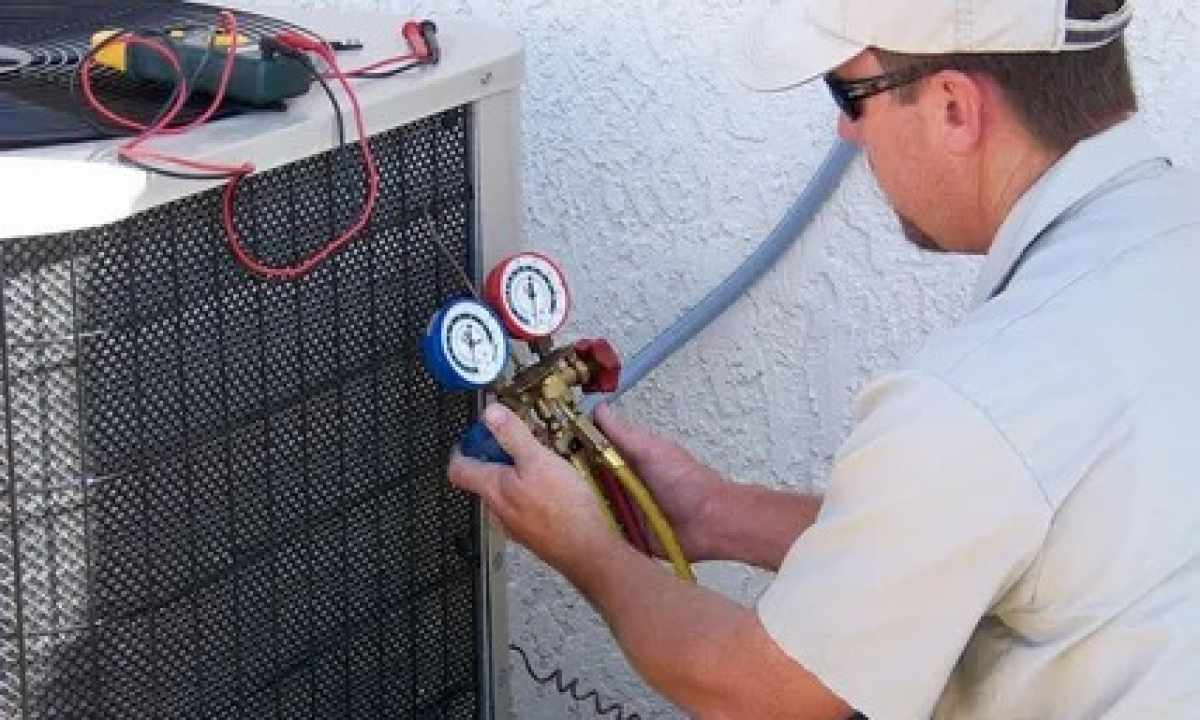One of the reasons of weak cooling of air during the operation of the conditioner is reduction of amount of freon or its absence. It is possible to check availability of coolant by means of visual examination of valves on the external block or to measure gas pressure by tonometer.
Instruction
1. Freon – inert nonflammable gas which is used in conditioners and fridges. The principle of operation of the conditioner is based that from the evaporator placed in the internal block, the cooled vaporous freon comes on the pipeline to the compressor. There freon under pressure becomes liquefied and heats up to street temperature. Getting to the condenser, gas of high temperature and pressure turns into liquid. Passing through TRV (temperature-controlled valve), liquid coolant passes into condition of low pressure in which it easily evaporates. Getting to the evaporator which is in the internal block, liquid freon absorbs heat from surrounding air and turns into gaseous state (evaporates), allocating at the same time cold.
2. Irrespective of whether the conditioner works or stands idle, leak of freon is up to 8% a year, and at the wrong connection of joints of the pipeline - it is even more. It is possible to determine amount of freon by force of operation of the conditioner – if in five minutes after the beginning of work the internal block blows air of room temperature, but not cold, means - there was coolant leak. In this case switch off the conditioner and check condition of valves and tubes on the external block.
3. Valves you will see on the block in the lower part on the right, most often their two. Through the first liquid freon moves on the evaporator of the internal block, and through the second valve it already in gaseous state comes to the compressor. If valves are covered with frost deposit – it means that in conditioning system there is not enough freon. Hoarfrost will appear at the switched-on faulty conditioner even in the conditions of high street temperature. If you see on surface of valves condensate in the form of small drops - it is norm.
4. Sometimes emergence of hoarfrost on valves demonstrates gross contamination of the internal or external block. To differentiate failure cause, use the special sensor for measurement of pressure of freon in system or call the master.
5. If you have manometer, fasten it to the taking-away tube on one of valves. This you carry out procedures at the switched-off conditioner. Make pressure sensing of freon in conditioning system. Normal it has to be from 4 to 9 Atm depending on freon grade. Learn grade of the freon used in your conditioner you can on the plate which is fixed by the producer to side part of the external block.

